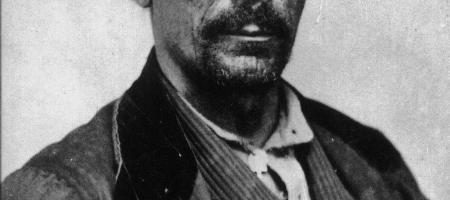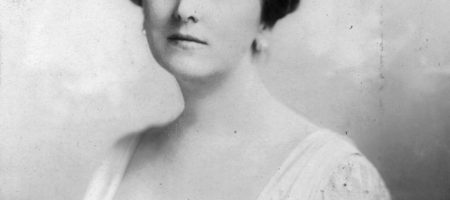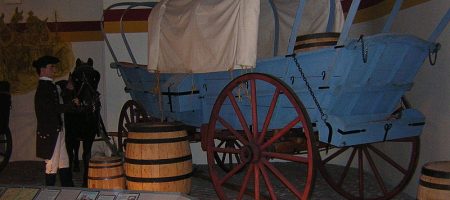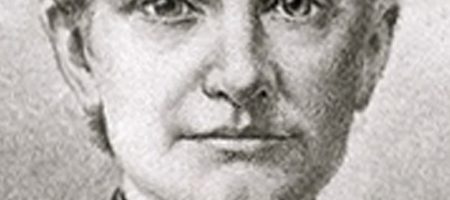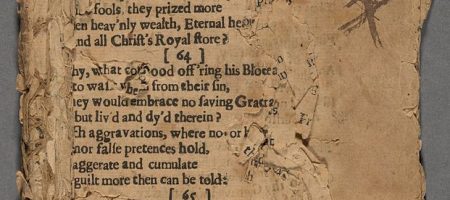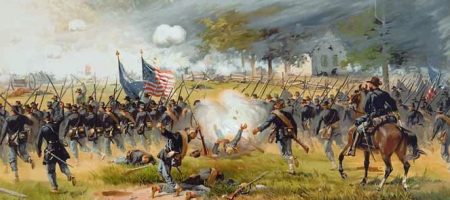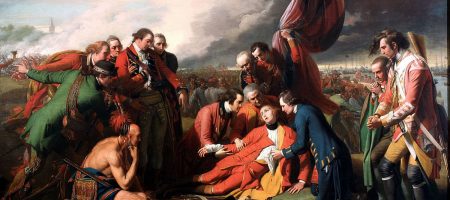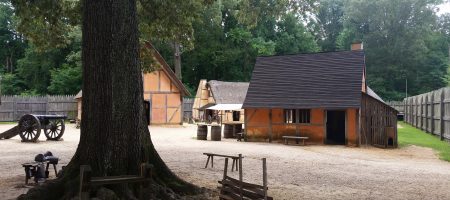The Oregon Trail
What can be said about such a time in history when there was so much to explore and so much ripe opportunity? A lot actually! I want people to have the right picture in their heads when they hear about the Oregon trail. I hope this will help put things in perspective, so you know what really happened not so long ago.
The Oregon trail is a 2,200-mile wagon trail that started in independence Missouri, and ended in Oregon city, Oregon. In 1803, Thomas Jefferson, the third president of the United States, bought 800,000 acres of land from the French for a huge sum of $15,000,000 and expanded the United States, which was steadily growing in number. This was known as the Louisiana purchase. This purchase included territory from a few states such as Arkansas, Missouri, Iowa, Oklahoma, and Kansas. It was then that the Oregon trail became a part of our country. The trail wasn’t really used soon after this purchase, mostly because people knew little about its territory and lots of people imagined mammoths and volcanoes would be awaiting anyone who ventured across the uncharted woodland. But Thomas Jefferson thought otherwise and in 1803, he asked congress to fund an expedition to the western wood (by which I mean the Oregon trail territory). The president sent his secretary, Meriwether Lewis, and Lewis’s friend, William Clark, to spearhead the company which Jefferson nicknamed the “Corps Of Discovery.” The men were to chart down plant and animal life while searching out the land and find a passage to the Pacific Ocean. Even though the party set out in 1803, most of the journey was taken from 1803 to 1806. There were 31 members in all, two of them being a French-Canadian fur trader by the name of Toussaint Charbonneau and his Shoshone wife, Sacagawea. (yes, THAT Sacagawea). She served as a translator when the company came upon the native Americans who inhabited those parts. The party reached the Pacific Ocean in 1805 and then in 1806, they started for home. Even after the groups exploration to the unknown, not many people traveled west except for fur traders and explorers. But then a man by the name of Marcus Whitman led a missionary party to the west along with his wife Narcissa, and they were the first settlers to use a wagon on the trail. Whitman’s journey is what encouraged others to use the Oregon trail.
Today, if we need to go someplace far, we simply jump in our cars and go. There will be gas stations for refueling, supermarkets for clothing, and McDonald’s for food and drink. But back then, traveling was much harder. Settlers who traveled through the Oregon trail usually never traveled alone as it was too dangerous. Friends and families took the journey together seeking out opportunities in the West. There was good land there and it was said to be disease free. A family of four would need over 1,000 pounds of food to survive the five-month long journey, so they would store it in their wagon forcing the people to travel on foot. Common food for the journey included tack (which is simply bread made of flour, salt, and water) coffee, bacon, rice, beans, and flour. Cooking supplies were kept simple too and usually consisted of a coffee pot, buckets, and an iron skillet. There was no room for comforts, so the most anyone took was a couple sets of rough clothing and a few covers, along with a rifle for protection and hunting. Timing was of the essence. If settlers left too early, there would be no grass for their livestock to eat. If they left to late, they would get caught by winter. So, most travelers started out in early spring. Hardships were also rampant on the 2,000-mile-long road. Disease was unrestrained, and one of the most common of these diseases was Cholera. It is bacteria that attacks the small intestines and usually kills its victims within 24 hours. Some people got run over by wagons. There was no saving you if that happened. Due to all the perils on the road, it usually took settlers about five to six months to reach their destination, and that was if they were making good time. But this didn’t stop them. More than 350,000 settlers used the Oregon trail between 1803 and 1869. But as time went on, a railroad was made, and most people began using it instead of the trail. The Oregon trail still exists today but of course it’s not the same as it was back in the 1800s. Wagon tracks can still be seen along the trail but some parts of it are managed by organizations that are devoted to preserving it. Though you will not be able to see it in its entirety, you can still look back and be reminded of the courage and bravery of those who moved towards a better life, never giving up, and never looking back.


